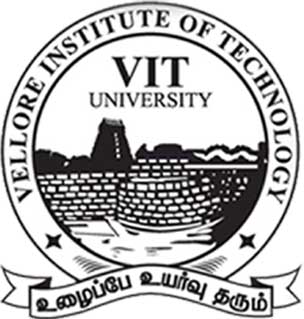
Portable Xray Machines in near future
Portable X-ray machines have been around for nearly 100 years, but they are only portable in the sense that they can be budged at all. Most are heavy, large, and require as much power as an electric-fired home water heater to use.
The mission of Tribogenics, a Southern California-based startup, is to to replace all those clunky machines with devices no larger than a good-sized laptop. The company plans to get there using a tiny X-ray generator the length of a stick of gum, that could power small, battery-powered X-ray machines. If successful, the lightweight imaging machines could easily be transported to the front lines of combat, to disaster areas, or simply to remote locales far from hospitals – all without needing to transport the patient. To help move from science experiment to product, Tribogenics has raised $6.2 million from Peter Thiel’s Founders Fund.





